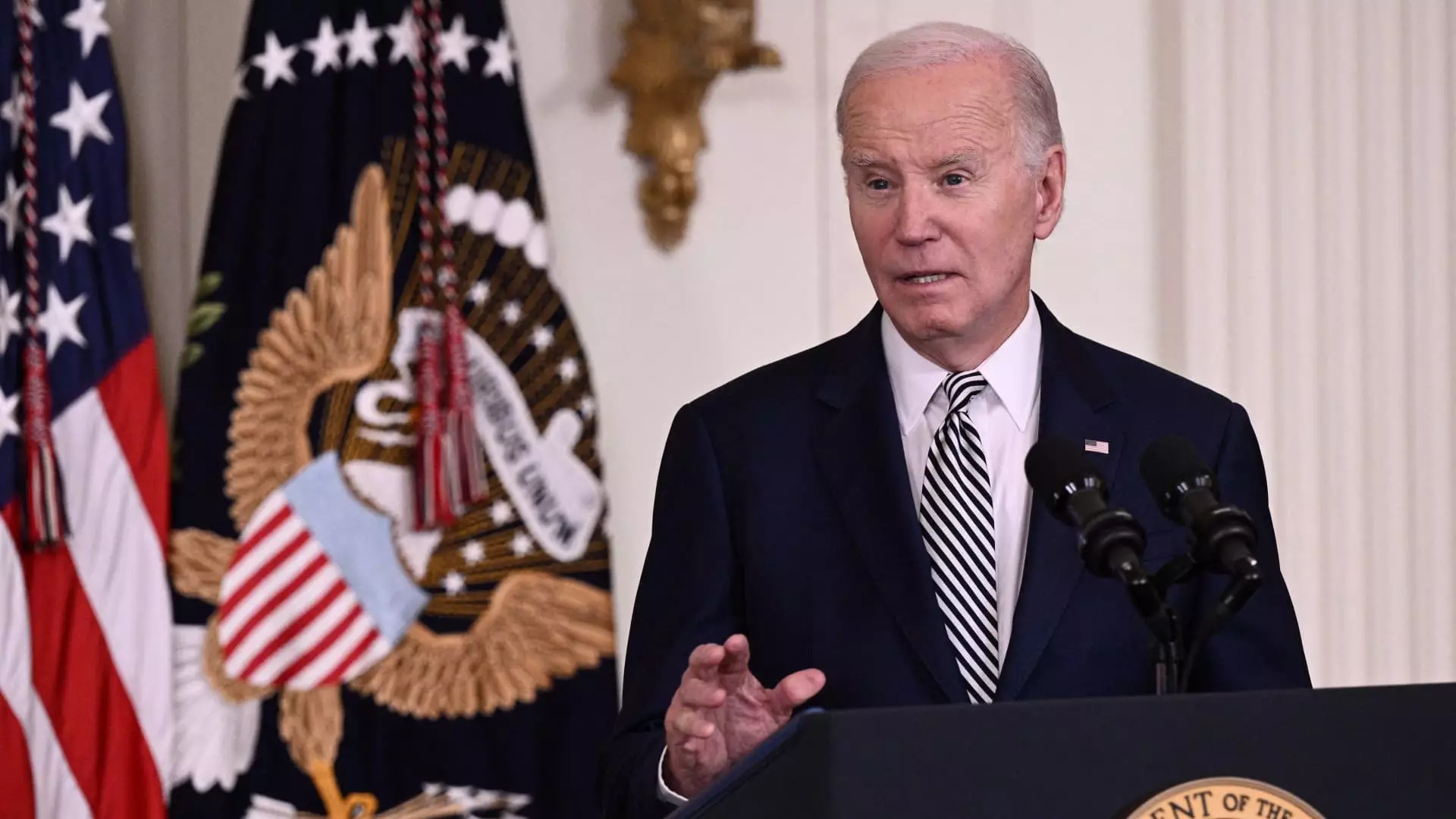The landscape of international trade and technological advancement is undergoing a seismic shift as the U.S. government strengthens its grip on artificial intelligence (AI) chip exports. This move, announced recently, is part of a broader strategy to assert dominance in AI technology and counter perceived threats from rival nations, especially China. The implications of these regulations extend far beyond mere trade; they ripple through geopolitical dynamics, economic competition, and the ethical dimensions of AI development.
Strategic Reconfiguration of AI Technology Exports
In a bid to maintain control over advanced computing power, the U.S. has introduced new regulations limiting the export of AI chips to various countries. These measures delineate a clear hierarchy among nations, serving to safeguard what the U.S. perceives as critical technological edge. By encapsulating certain allies, such as the United Kingdom, Japan, and South Korea in a “Tier 1” category with minimal restrictions, the U.S. positions itself as a gatekeeper to advanced AI technology. Meanwhile, other nations—including Singapore and Israel—face significant limitations, raising questions about their ability to engage in AI advancements without U.S. cooperation.
The regulations further categorize countries into those with caps on AI chip imports and those completely barred from access, such as China, Iran, North Korea, and Russia. This tiered approach crystallizes the geopolitical strategy underpinning these regulations: to isolate and inhibit countries that pose a competitive threat, particularly in military contexts. By doing so, the U.S. hopes to stifle China’s potential advancements in AI capabilities that could bolster its military, an objective articulated by Commerce Secretary Gina Raimondo.
The implications of these restrictions are multifold for industry players and technological innovation. Major companies like Nvidia and Oracle have already voiced concerns over what they perceive as overreaching measures that may inadvertently stifle the global AI market. Nvidia labeled the new rules as a “sweeping overreach,” indicating fears that such regulations could not only weaken U.S. market positions but also hand significant competitive advantages to Chinese firms.
Another notable aspect of the new regulations is the licensing requirements imposed on specific AI chips and the controls over “model weights.” Model weights are crucial in the machine learning domain as they essentially encode the learned information and decision-making capabilities of AI models. By placing stringent limits on what can be exported, the U.S. aims to prevent its AI advancements from being leveraged against its interests.
The provision that allows U.S.-based companies like Microsoft, Google, and Amazon to seek global authorizations for building data centers is a double-edged sword. While it provides a pathway for these corporations to expand their operations abroad, the accompanying security requirements might raise operational costs and solidify the already entrenched competitive advantages held by these tech giants.
The ramifications of the U.S. decision are not limited to economic impacts but also intensify existing geopolitical tensions. As countries are relegated into tiers, a new digital divide is emerging that could redefine international alliances and partnerships. The call for tighter controls on AI technology plays into a larger narrative of national security, accentuating the role of technology in modern warfare and international power dynamics.
As the world witnesses an escalating arms race in AI, the perspective of U.S. National Security Adviser Jake Sullivan reverberates strongly—preparing for a future where AI’s capabilities could reshape the global economy and national security landscapes. This ethos justifies stringent regulations; however, it also ignites a dialogue about ethical AI use and innovation integrity.
Moreover, these regulations arrive amid skepticism toward the role of government in technology governance. Critics argue that while national security is paramount, a heavier regulatory hand may dampen innovation and stifle creativity within the U.S. tech sector. The concern grows that U.S. firms could become less competitive on the world stage, inadvertently aiding rivals by cutting off their access to advanced technologies.
While the U.S. government believes these restrictions will protect national interests and secure its place at the forefront of AI advancement, the broader implications of this strategy are deeply complex. The tension between fostering innovation and ensuring national security is delicate; the challenge lies in striking a balance that protects technological integrity without alienating allies and stifling industry growth. As these rules are set to take effect, tech companies, nations, and users alike must navigate this new paradigm with foresight and adaptability to maintain progress in AI development alongside rigorous security measures. The world watches closely, poised to see how the dynamics of AI technology and international relations will evolve in response to these sweeping new policies.

Leave a Reply